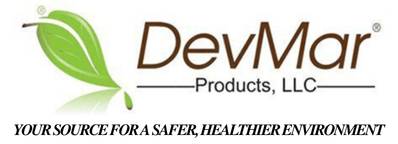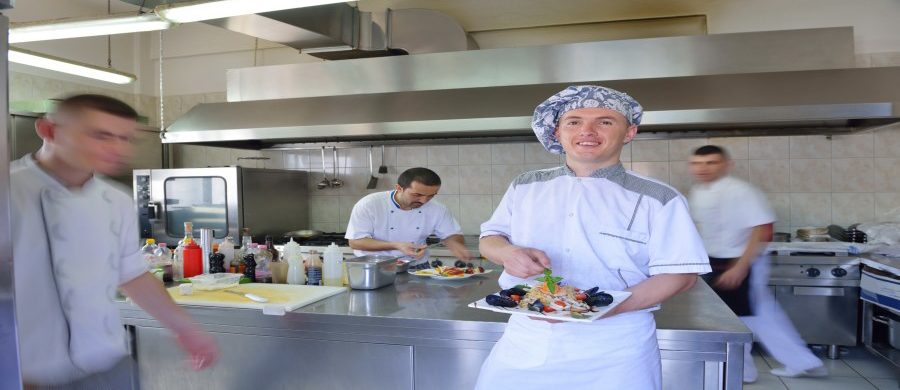The impact of slips, trips, and falls can be devastating. These incidences account for most workplace accidents in the U.S. and cost companies millions of dollars every year. Slips, trips, and falls contribute to about 15% of all workers’ compensation expenses and cost employers approximately $40,000 per incident. Around 30% of people who suffer a slip and fall sustain moderate to severe injuries including bruises, head injuries, and hip fractures. But the good news is that most slips, trips, and falls are the result of human error and can be avoided with proper training and care.
What causes slips, trips, and falls in commercial kitchens?
In fast paced environments like restaurant kitchens, fryers are going, feet are moving, and food spills are happening; making conditions favorable for incidents to occur. One of the most common causes of slips is the loss of friction—the resistance that one surface or object encounters when moving over another—on floor surfaces. Water, grease, and oil are common culprits in commercial kitchens. At 20%, slips, trips, and falls are the second most common injury among restaurant employees. Most of those incidences are caused by some type of liquid on the floor, like oil, and occur primarily around the sink or fryer vat.
Unlike water, oil doesn’t mop up as easily. It requires additional efforts not only to remove the oil, but also any residue left behind. That residue settles into the pores of the flooring making the floor seem even slicker.
Restaurant workers are also subject to trips as they attempt to navigate around mop buckets used to clean up oil spills. Combined, slips, trips, and falls can result in injuries. Some of which can lead to lost wages for employees, disability, or in extreme cases, death. For employers, employee absenteeism reduces productivity and adds additional expenses to the P&L like workman’s compensation costs, as well as the costs of training new hires to replace injured workers.
Preventing Slips, Trips, and Falls
While most slips, trips, and falls are preventable, accidents happen. Being prepared improves your ability to respond quickly and lessen the likelihood of the incident happening again. For the safety of your employees, it’s important to follow the safety guidelines outlined by OSHA such as:
- Designing workplaces and processes that minimize exposure to hazards, such as drip trays and skid-resistant mats
- Cleaning up spills immediately. If a spill can’t be cleaned up right away, use proper signage to indicate the danger ahead
- Using commercial grade jan-san products to thoroughly clean surfaces regularly and keep workspaces tidy
- Wear appropriate footwear with good traction
- Reduce clutter and keep pathways clear
- Learn how to fall in a manner that lowers the risk of serious injury
Keep Employees Safe in Commercial Kitchens
To reduce the possibility of slips that lead to a nasty fall, potential burns, or other injuries, keeping high traffic areas clean and safe is a top priority.
Sustainable commercial grade cleaning products like Safety Sweep™ Floor Sweep & Absorbent delivers maximum absorption of grease and oil without “wetting out” or harming the environment. It is the only dry phase hydrophobic ceramic absorbent that will remove grease and oil from hard surfaces without the use of water.
Learn more about Safety Sweep™ Floor Sweep & Absorbent and how it can reduce liability for slips and falls in commercial kitchens.

